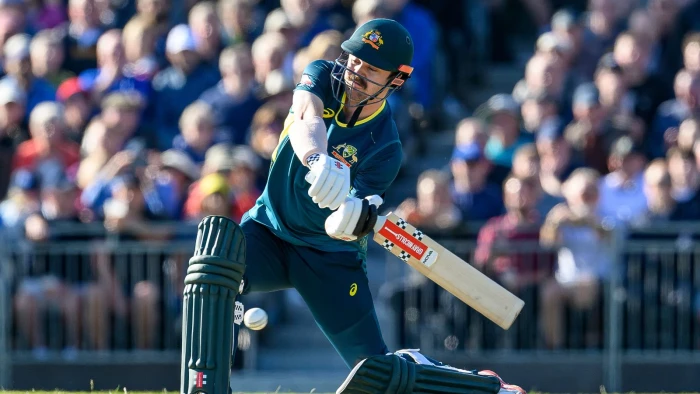Unusual modes of dismissals in cricket

England's Ollie Pope reacts after losing his wicket
Do you know how many modes of dismissals are there in cricket? It’s equal to the number of players in a team - 11. Sounds too much, right?
Well, that’s because you would mostly be familiar with the five most common ones - caught, bowled, LBW, stumped, and run out, but there are a few other ways in which a batter can get out. To know more about such interesting intricacies of the game, make sure to check Betindia.
Let’s take a look at these unusual modes of dismissals that sometimes baffle even the most seasoned players and fans, along with a brief explanation and examples of players who have experienced them:
Handled the ball
If a batter prevents the ball with the hand that’s not holding the bat from hitting the stumps, he can be given out-handled the ball.
One of the most famous instances was when Steve Waugh, the former Australian captain, was given out-handled the ball against India in the famous 2001 Test series.
Hit wicket
This happens when a batter accidentally dislodges the bails of the stumps with his bat, some part of his body, or equipment while the bowler is about to bowl or has delivered the ball.
David Warner had once got out hit-wicket while playing for the Sunrisers Hyderabad, against Kings XI Punjab in IPL 2016.
Obstructing the field
A batter is given out obstructing the field when he deliberately obstructs the fielding side from throwing or catching the ball when it’s in play.
It can also apply when a batter willfully prevents the ball thrown by a fielder from effecting a runout.
One famous incident was when Ben Stokes of England was dismissed this way against Australia in 2015.
Timed out
After dismissal, the next incoming batter has to take guard and be ready to face the ball within three minutes. In case he fails to do so, the batter can be given out timed out.
In the recently concluded ODI World Cup 2023, Angelo Matthews of Sri Lanka became the first batter to be given out timed out, against Bangladesh.
Hit the ball twice
This happens when a batter deliberately hits the ball twice after it has been bowled and hasn’t reached the fielder unless the attempt is to guard his wicket.
India’s Mohinder Amarnath was given out for hitting the ball twice against the West Indies in the 1983 World Cup.
Retired out
A batter is considered retired out if he retires during his innings and does not return by the end of that innings.
This is typically voluntary and rare in professional cricket, but Marvan Atapattu and Mahela Jayawardene once retired in a Test match against Bangladesh to give other batters a chance to bat.
These modes of dismissal, while not common, add an extra layer of intrigue and complexity to the game of cricket.
They are a reminder of the sport's unique blend of tradition, sportsmanship, and the unexpected.


